Trustindex verifies that the original source of the review is Google. I contacted radiant solutions company through their contact us tab on the website. Matt answered my email very promptly. I had a few more questions so I sent him another email and he called me right back by phone instead of chatting back-and-forth n email. He took the time to answer all my questions and give me inside tips on installation. I highly recommend them and I highly recommend Matt as a sales / customer service representative.Posted onTrustindex verifies that the original source of the review is Google. We are so pleased with the service and product from this company. The self regulating pipe heating cables that we have purchased have kept our pipes in our RV from freezing and running smoothly in this super cold winter. They have been easy to install and monitor. I would highly recommend ALL of the products from this company.Posted onTrustindex verifies that the original source of the review is Google. I've worked with these guys a few times now and they've been super helpful every time and are great to work with!Posted onTrustindex verifies that the original source of the review is Google. Amazing products and the best customer service! Have used them for a while and will continue to do so. This company is great to work with.Posted onTrustindex verifies that the original source of the review is Google. This is a fantastic company with well thought out and high-quality products. The 'kits' for cable ends, tees and terminals are complete and easy to install. All instructions are complete and excellent support is available. The paper installation manual is a complete planning and installation guide. Company support is first rate. Highly recommended vendor.Posted onTrustindex verifies that the original source of the review is Google. Excellent products from an outstanding company. Very glad everything is American made and it shows! I contacted the company twice before ordering and I received an answer within the hour. Shipping was vey fast since I ordered on Friday and was delivered on Monday! The 10 year warranty is superior and instructions are clear. There is not another heat cable on the market that even come close to these guys.Posted onTrustindex verifies that the original source of the review is Google. Great installation of heat tape on two roof sections. Installer showed up on time, did a professional job, and checked that it worked.Posted onTrustindex verifies that the original source of the review is Google. As an installer of Heat Tape on homes, Radiant Solutions provides super high quality heat cable. It’s a mix of ease of installation and some of the best customer support that makes this above and beyond expectations. The waves this cable creates in rooflines is very satisfying to install and look at. Grip Clips are the best and strongest way to securely mount it to the roofline.Posted on
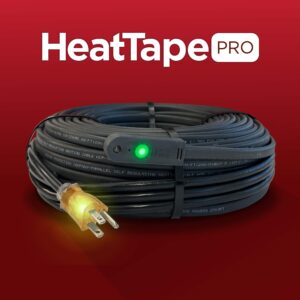

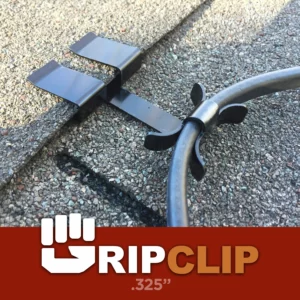


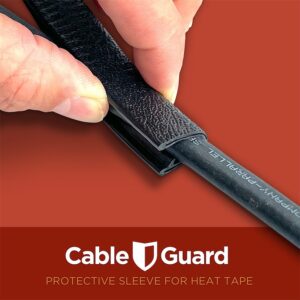
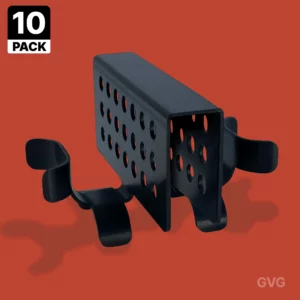
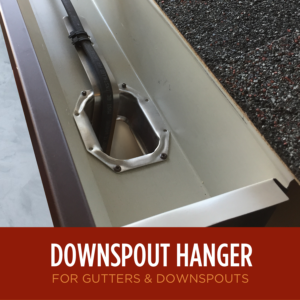
As the manufacturer we do not recommend using exension cords but we recognize that many customers do it. If you must use an extension cord, then buy the shortest cord necessary to do the job and make sure it is a 12 gauge thickness.
Our cables operate at between 40ºF to 90ºF so they will not melt or damage any surface or material they come into contact with. Except chocolate. Our cables will thoroughly melt chocolate.
This includes, but is not limited to:
The type of roof you have determines the roof clips and accessories needed. Check out our Heat Tape Installation Accessories.
Once it turns on, the self-regulating aspect takes over and directs heat to the area(s) of the cable that are in contact with the cold. The thermostat should be positioned outside of the insulating layer so it can effectively read the temperature of the air.
You must cover pipe, freeze prevention, cable with insulation under all circumstances. Otherwise it will likely fail to do its job. This includes both Pipe Freeze Pro and Heat Tape Pro.
Use a minimum 1/2″ thickness standard pipe insulation.
The amount of heat cable needed for pipe freeze prevention is determined by a couple of simple factors including: Length of pipe, diameter of pipe, distance to power supply and number of valves.
Most of the time, we do not recommend a spiral cable application because it’s simply not necessary. It requires 3x the cable to do the same job.
Therefore, simply use a straight, single run of cable affixed to the bottom of the pipe (think 6 o’clock position) using the provided fiberglass installation tape. Next, add 1 foot of cable for every valve because you will be wrapping the valve with cable. For pipes less than 1″ in diameter, a single cable run is sufficient. For larger pipes, two cable runs are recommended. Keep in mind that plastic pipes are less thermally conductive so you may choose to use two cable runs on larger plastic pipes to be safe. Finally, if your outlet isn’t close to the pipe you are treating, factor in enough heat cable to reach your outlet (Pipe Freeze PRO does come with a 36″ power cord).
Finally, you must install insulation on your pipe and heat cable assembly in order for the system to operate effectively. See instructions for further details.
PipeFreezePRO comes with one or more 30ft rolls of high-quality fiberglass tape, but you can use any tape with a temperature rating of 150º F and above. Self-adhesive aluminum foil tape can be used but avoid standard tapes, including electrical tape and duct tape because they lose their adhesion when exposed to heat. Remember, it’s imperative to cover the pipe/heat tape assembly with pipe insulation (1/2″ minimum thickness). Think four easy steps: 1) cable on pipe, 2) tape on cable, 3) insulation on pipe/cable and 4) tape on insulation.
Radiant Solutions products, including Ice Dam Prevention products such as Heat Tape Pro and Pipe freeze Prevention products like Pipe Freeze Pro can be purchase here at this website or at Amazon.com.